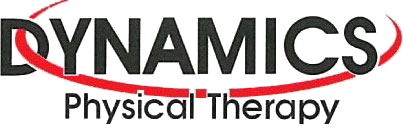Physical therapy in Northern Virginia for Exercise
Q: I started to experience muscle pain and weakness when I was in my mid-40s. Our old town doc told me to take calcium pills with vitamin D and it would go away. Sure enough it did. Now, 20 years later, I see this is the headline news in the health industry. What is it exactly that vitamin D does for muscles?
A: Decreased levels of vitamin D referred to as vitamin D deficiency have long been known to cause a condition called sarcopenia (muscle weakness and wasting). Older adults with poor intestinal absorption of calcium and low levels of vitamin D are at increased risk for falls because of the weakness. If they have decreased bone density from osteoporosis (brittle bones), the falls might result in bone fractures.
With the aging of America, these problems are on the rise. That's why the effects of calcium and vitamin D have come back into focus and become big news all of a sudden. Vitamin D attaches to muscle cell receptors and helps increase the number of muscle cells and muscle fibers. That effect strengthens the muscles and improves muscle function.
Studies show that vitamin D alone is not enough. It has to be paired with calcium to get the positive bone and muscle benefit. Researchers are investigating the exact mechanism by which this all takes place. And it seems likely that there isn't a one-dose-fits-all for everyone.
People metabolize vitamin D at different rates. There are many potential reasons for this including body weight, age, use of certain medications that inactivate vitamin D, and the presence of chronic diseases like cystic fibrosis and kidney disease, to name a few. You can expect to see more reports in the news as further information is gathered and tested.
Reference: Andrea N. Jones, and Karen E. Hansen, MD. Recognizing the Musculoskeletal Manifestations of Vitamin D Deficiency. In The Journal of Musculoskeletal Medicine. October 2009. Vol. 26. No. 10. Pp. 389-396.


